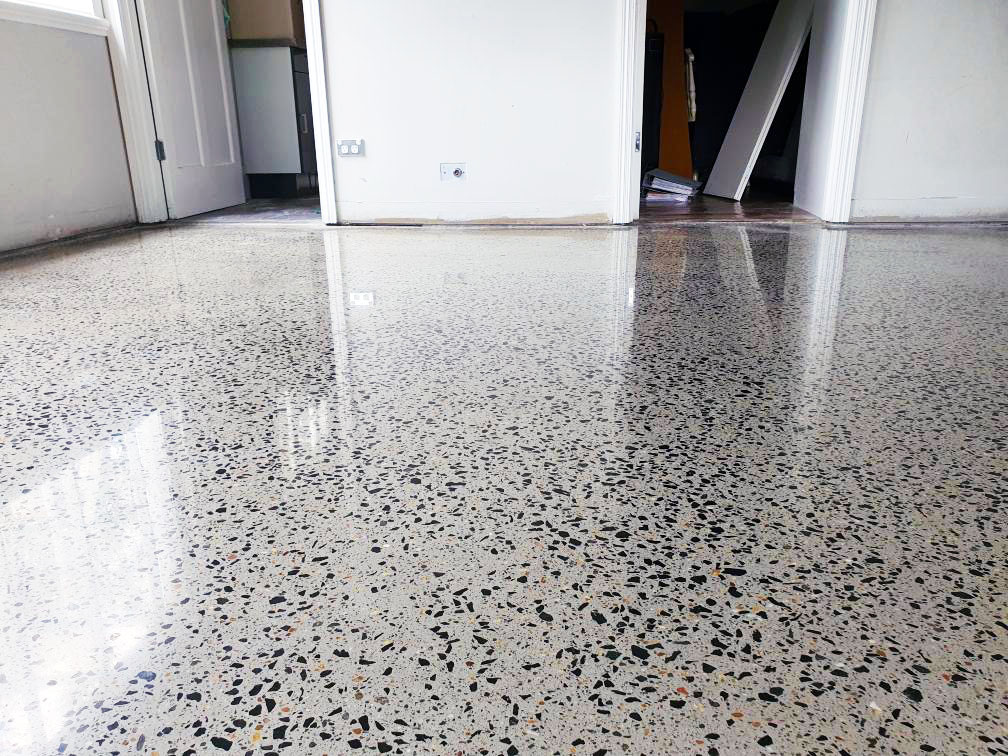Tools for implementing the steps of painting works
Learn about the very important wall painting tools for home paint work, as follows:
2 putty knives
Manual broom
Sakina
2 rolls, expandable
stick to roll
Scaffold
a ladder or two
Abrasive stone
Stinger goggles
At least 2 seedlings,
the increase is according to the area of the property
Acrylic putty is one
of the best types of wall putty
2 Super excellent
paste from the best wall paste in Egypt
emery
Executing the steps of
the paint work
The first step in
painting the walls is to clean all floors and walls of all gypsum and cement
materials.
Clean the walls and
floors of gypsum and cement droppings, because they contain substances that
contribute to the disintegration of ceramics from the floors.
The second step of the
discussion and painting is the use of a substance to block the pores of the
oyster to prevent the paint from getting impregnated.
The third step of
discussion and painting is to paint the best types of wall sealer on the
clamshell, and you will find a comprehensive query for the use and the amount
of water that should be diluted with it. This stage is called “coating” and it
works on the comfort of the paint layer when working on paints and finishes.
Choose the appropriate
and consistent colors with the colors of furniture, floors, carpets and
curtains.
Use the “discussion”
roller or brush and move it in a quick way so that the color is fixed in a
larger and faster way.
The last step in
exterior painting is to use sandpaper to remove all the excess.
Also, when using a
finishing and decorating company or a carpenter, the customer should know that
the cost of painting doors and windows differs from how to paint the walls
after the clamshell as well.
Important tips for
implementing the methods of painting works
Wait for the dry
weather
Humidity means drip
and slow drying, so avoid painting on a rainy day If you must paint Wait when
it's wet Take your time - use slow drying paint to correct your mistakes before
moving on to the next coat and exterior painting steps, but don't overdo it, or
it will show when finished.
Perform a
comprehensive visual examination
Any areas that are
cracked, scaly, sanded, or scraped should be lightly rinsed before beginning
paint work and applying new paint, because the weight of the new paint will
pull out the old paint. Waste your time and money if you don't treat it first.”
Greasy stains may also need a little soapy washing, followed by a clean water
rinse.
Protect anything you
don't want to paint
You will never regret
the time you spend covering floors, furniture, and appliances. Before starting
your home painting project, use fabrics and plastic wrap to cover door handles,
windows, etc.





Comments
Post a Comment